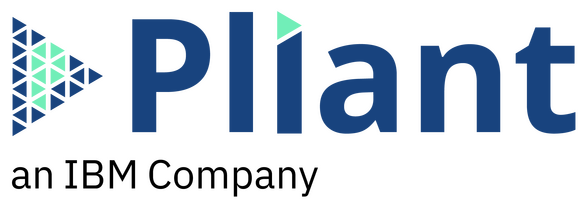What comes to mind when you think of the phrase “swivel chairing”? 

This certainly doesn’t do you or your team’s sanity any favors, and as a result of swivel chairing, work is duplicated, mistakes are made, and your company’s bottom line takes a hit. The challenge of dealing with swivel-chair IT operations has only gotten worse since the rise of DevOps and siloed point tools ushered in more complexities for businesses that want digital transformation as quick as a wink.
How, then, do you unburden your IT team from context-switching time sinks and give back precious hours in their day? Here’s a deep dive into what causes swivel chairing and what you can do to eliminate it.
What Causes Swivel Chairing?
The terms “swivel chairing” and “swivel chair integrations” are synonymous phrases both used to describe the problem of manually entering data into one system and then turning around to put the same info into a different system. Without automation, businesses tend to rely on having more hands on deck—leading to full-time labor-intensive operations made up of cumbersome, repetitive work that is hard to scale and even harder to manage. Long cycles, human error, and bottlenecks are just a few common issues with swivel chairing. As for why this effect happens, there are many reasons. Here are some of the more common ones:
Your Business is Stuck in the Old School Brick-and-Mortar Mindset
Is your business growing too fast? Hire more staff. Short on employees who can provide customer service? Hire more staff. These are the trains of thought traditional business often practices whenever faced with a problem. Though this line of thinking was enough to get by before the digital age, continuing to employ more people to manage tasks that can be streamlined by automation might not be the best way to reduce overhead.
You Use Legacy or Segmented Software
Sometimes old software is seen as expensive to replace, as staff knows the systems well and are resistant to change. However, legacy software can encourage redundant tasks like manual data entry.
Much like using siloed legacy systems, if your company uses any modern software that can’t communicate with other parts of your system, then managing everything will require a lot of hands-on ping-ponging between operations—eating away at your team’s productivity.
Your Company Lacks a Holistic View
One of the deadliest time killers is having to search for the data you need when you need it. Not having a centralized platform that connects your day-to-day tools with the data you need to access at a moment’s notice will only continue to wreak havoc on your productivity and complicate workflow.
How To Put a Stop To Swivel Chairing
1. Give Your Team a Taste of Automation
Automation not only eliminates the potential for costly human error, but it refocuses hiring priorities as fewer people are needed to input data, allowing your IT team to work in other ways that grow the business. However, if there isn’t complete buy-in to unify all of your systems, the hesitation is understandable, but seeing the advantages can truly begin once everyone is committed to modernizing the current ineffective processes.
That being said, tasking an automation program to manage repetitive tasks is a good way of showing off the benefits of automation and combating objections without a heavy IT lift. There are even API integration platforms that can help you bridge the gaps between your applications, requiring no DevOps or overhead to boot. 
2. Upgrade to the Cloud and Modernize Your Legacy Systems
As mentioned before, the challenge of finding disjointed data within a ‘swivel-chair’ system can be addressed by merging said data to one centralized place. But until you’re ready to make a heavier IT lift, using a noninvasive integration like the cloud as your central hub is a good temporary solution.
Oftentimes, maintaining legacy systems is more costly for your company than keeping them—especially if it’s causing hiccups in your workflow. However, if there are multiple legacy assets, then it might be worth considering a solution that “glues” these different systems to ensure proper interoperability. What does a solution like that look like? Glad you asked.
3. Embrace the Power of Complete Orchestration
There’s no two ways about it: you need a package that brings the best of both worlds. Having a noninvasive, customizable low-code platform that lets you easily automate and orchestrate all sorts of repetitive, traditionally manual tasks, and unify both your legacy and modern systems makes day-to-day operations smoother and more productive for your IT team.
Imagine unlocking your network to the fullest by connecting legacy assets, instantly sharing data between admins and teams, quickly building integrations, and automating processes across multiple applications and databases—yeah, nothing eliminates swivel chairing quite like IT orchestration does.
To drive home just as popular orchestration has gotten, as of last year, “67% of companies use business process automation solutions that improve end-to-end visibility across different systems” and “more than 80% of business leaders reported accelerating their work process automation and scaling up their use of remote work.”
Final Thoughts
Getting rid of swivel chairing does wonders for the productivity of your IT team and the growth of your company. Making the leap into automation and orchestration will not only address the issues of swivel chairing but grant you a competitive edge by freeing up funds to invest in other areas of your business.
If you need a platform that can unify your network, save you time and redirect your team’s energy on their most important work, reach out to us to harness the power of orchestration.




